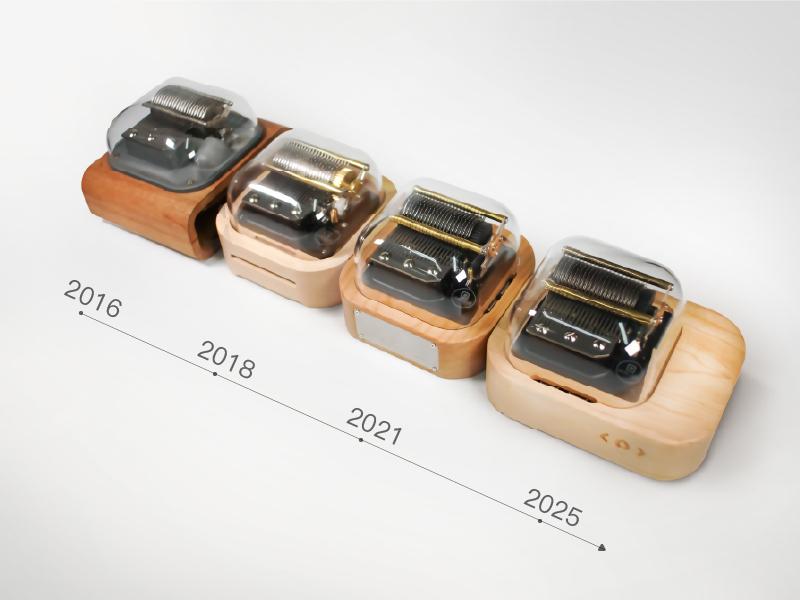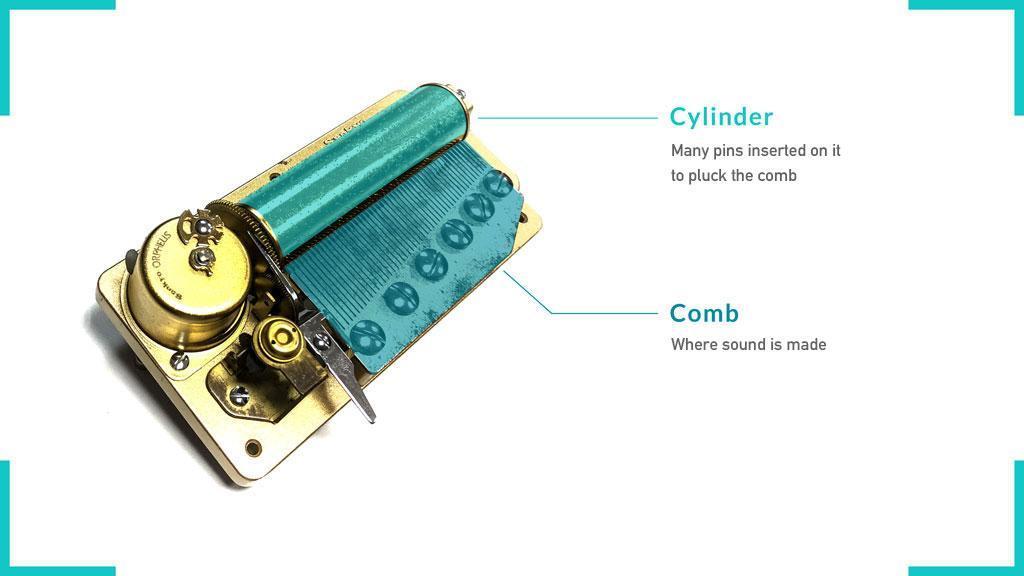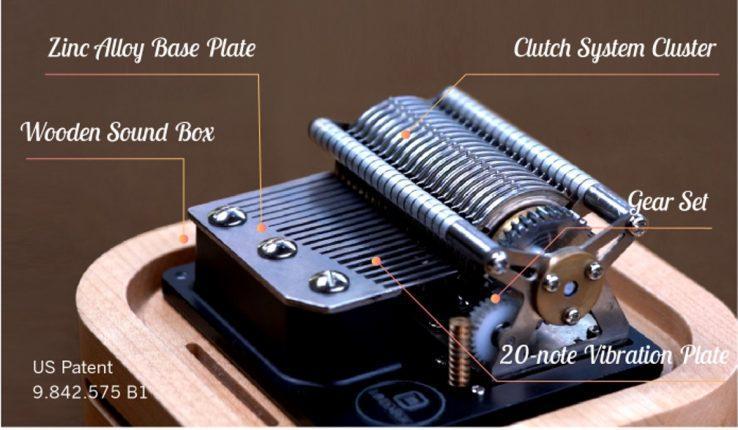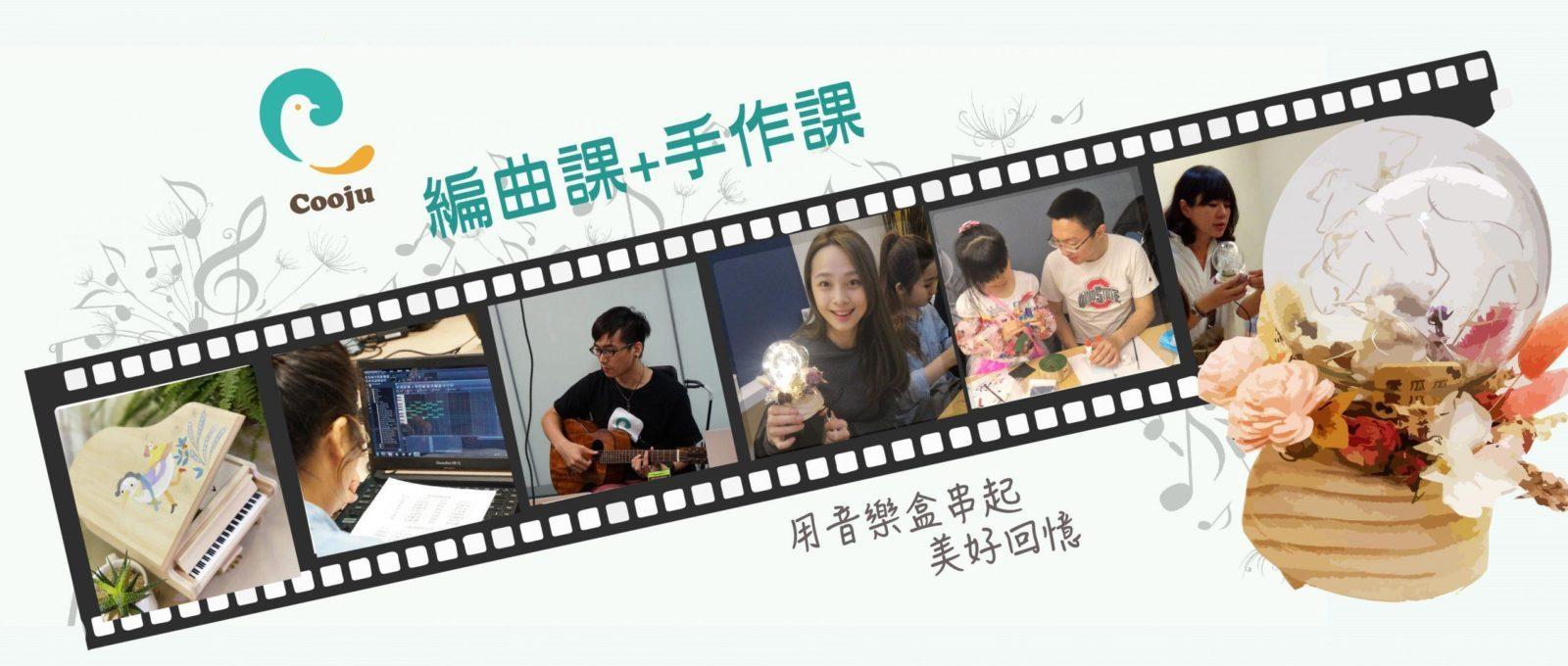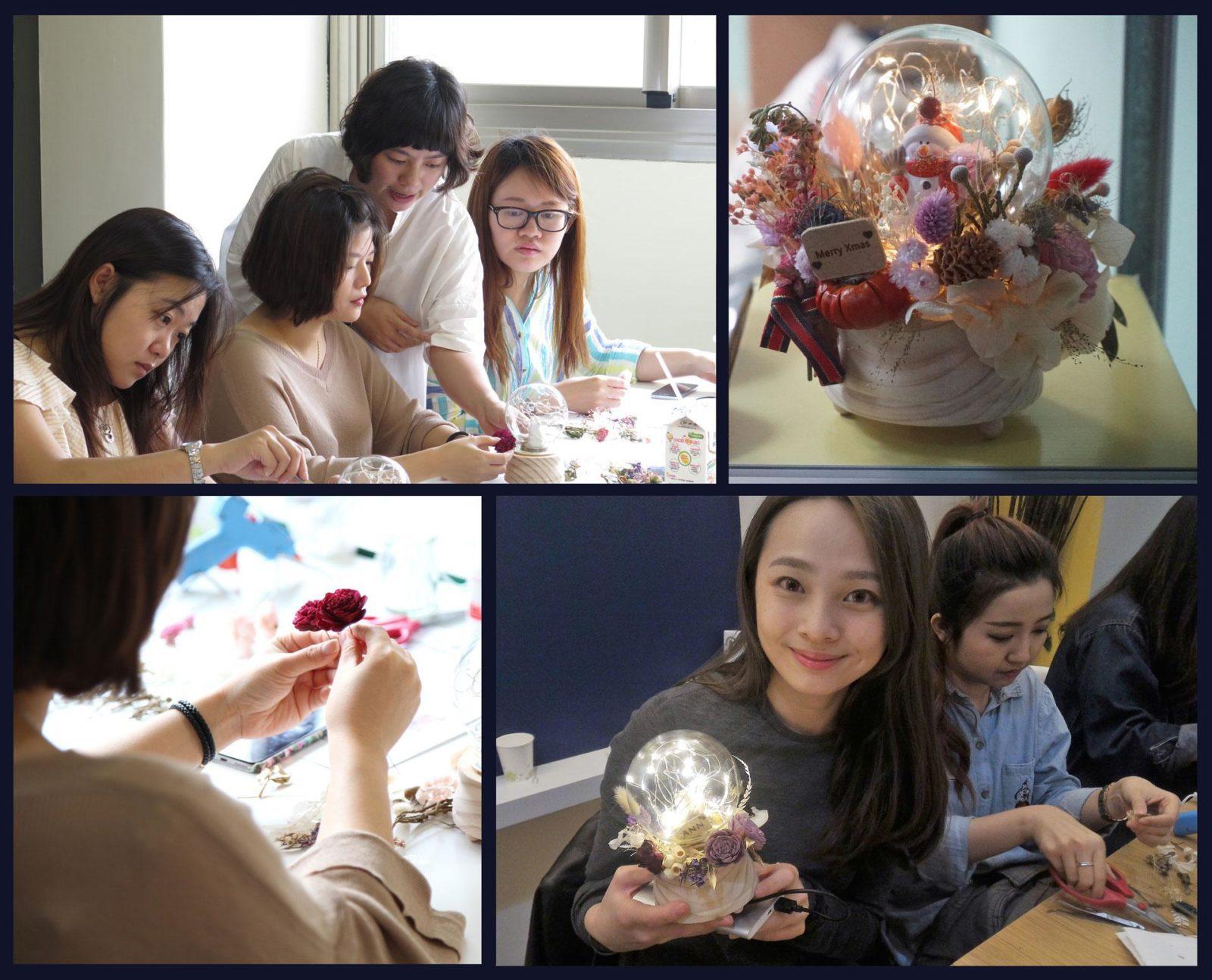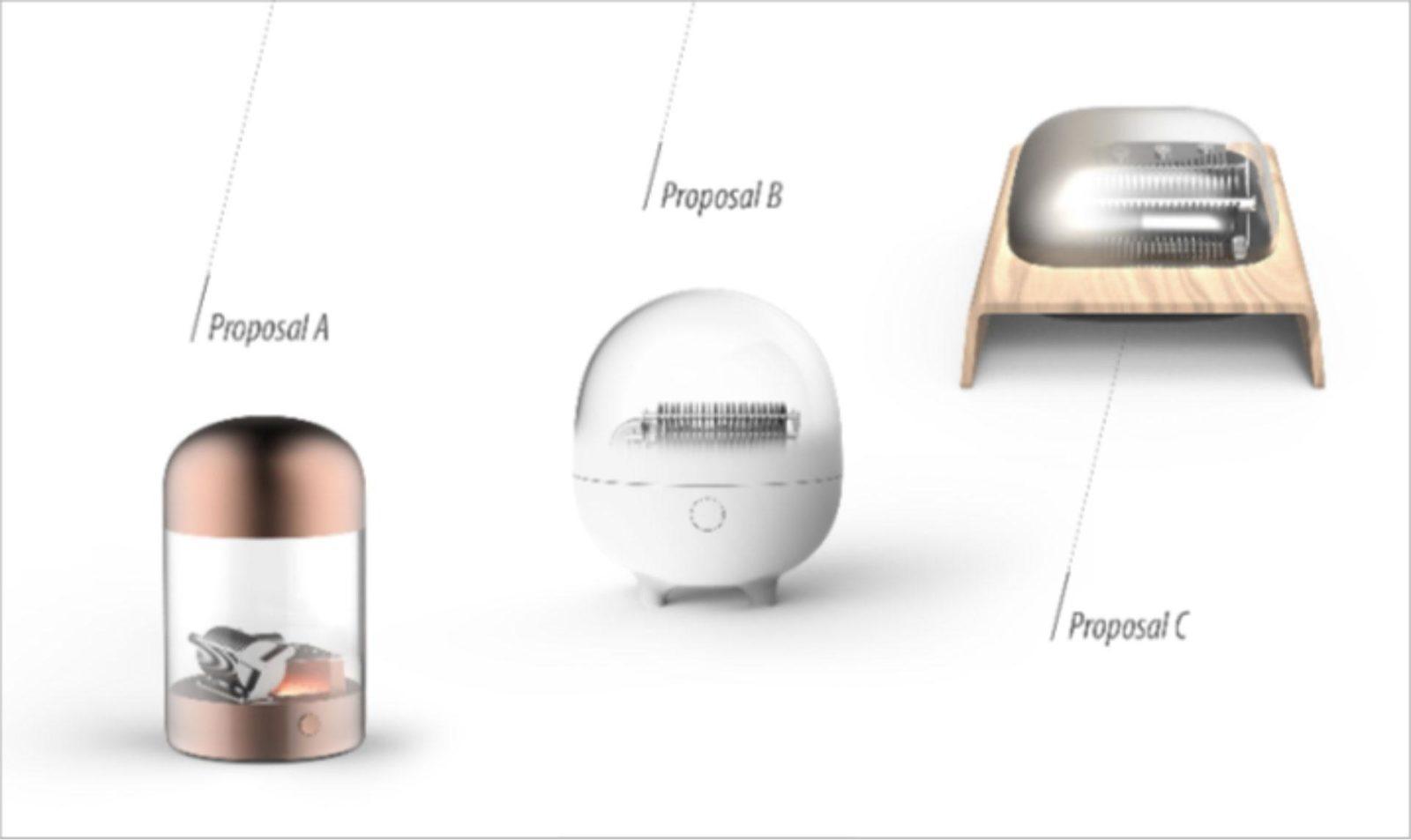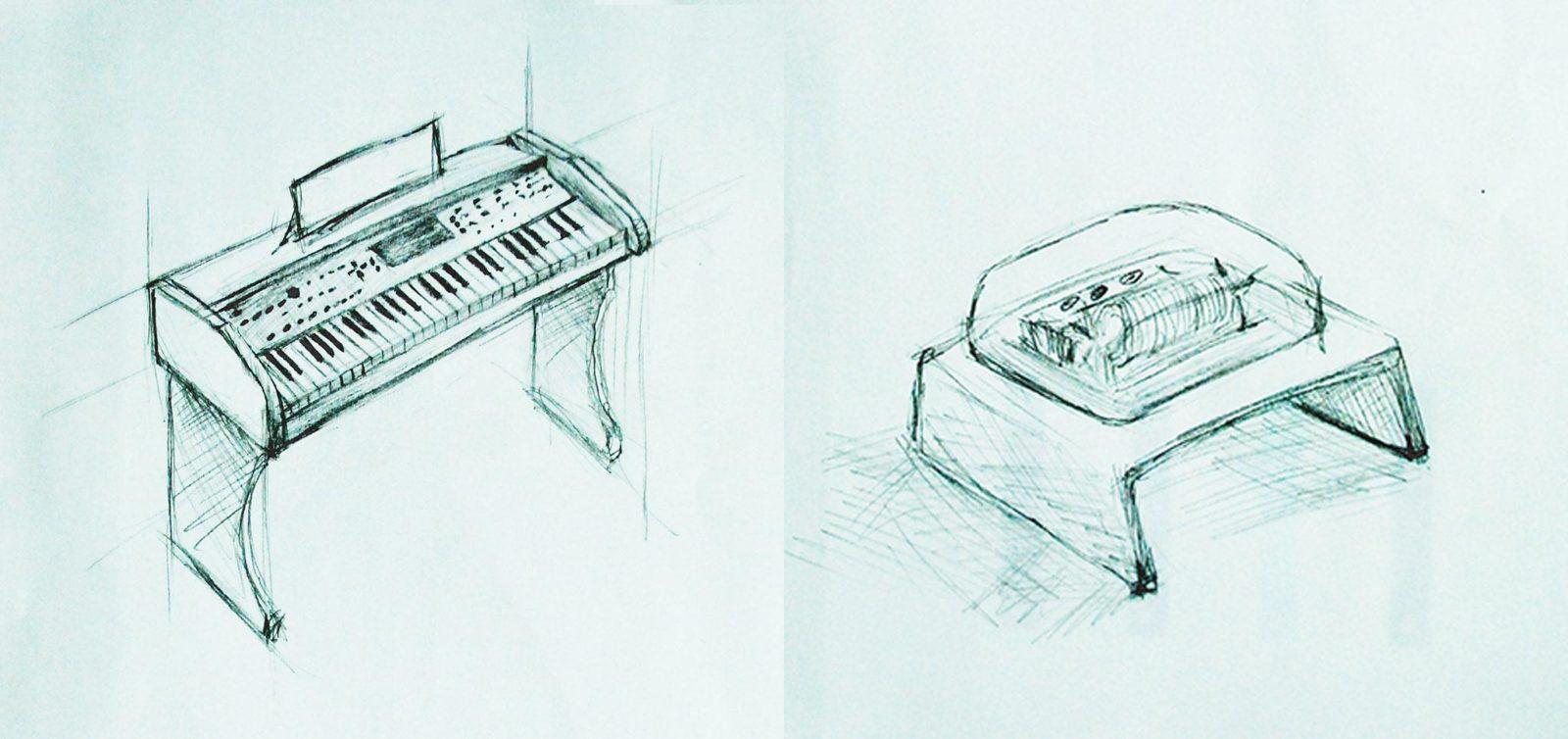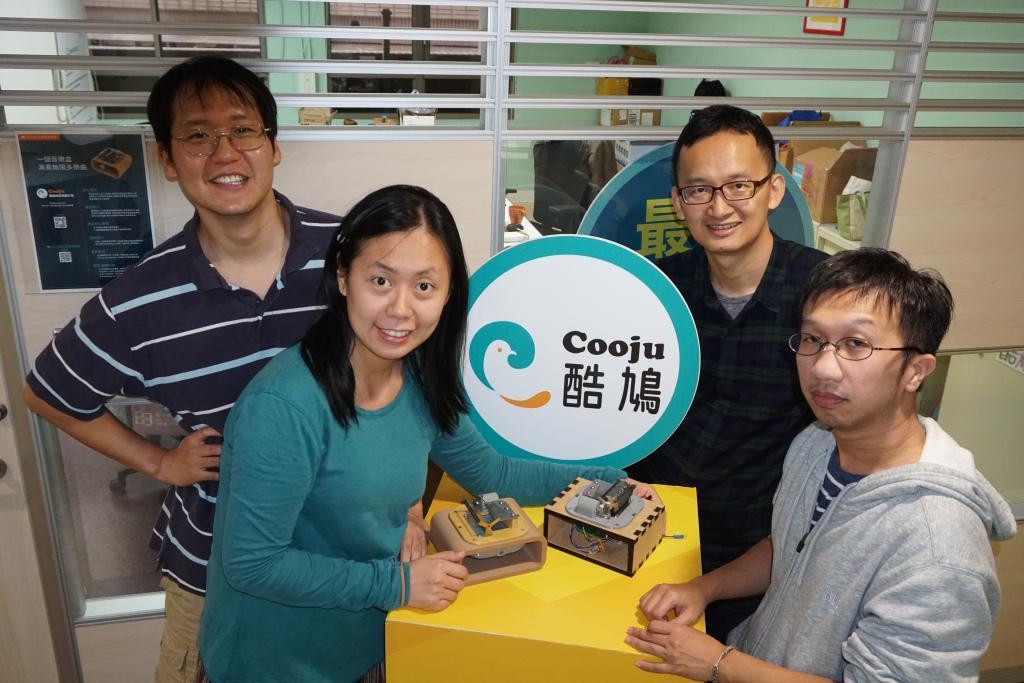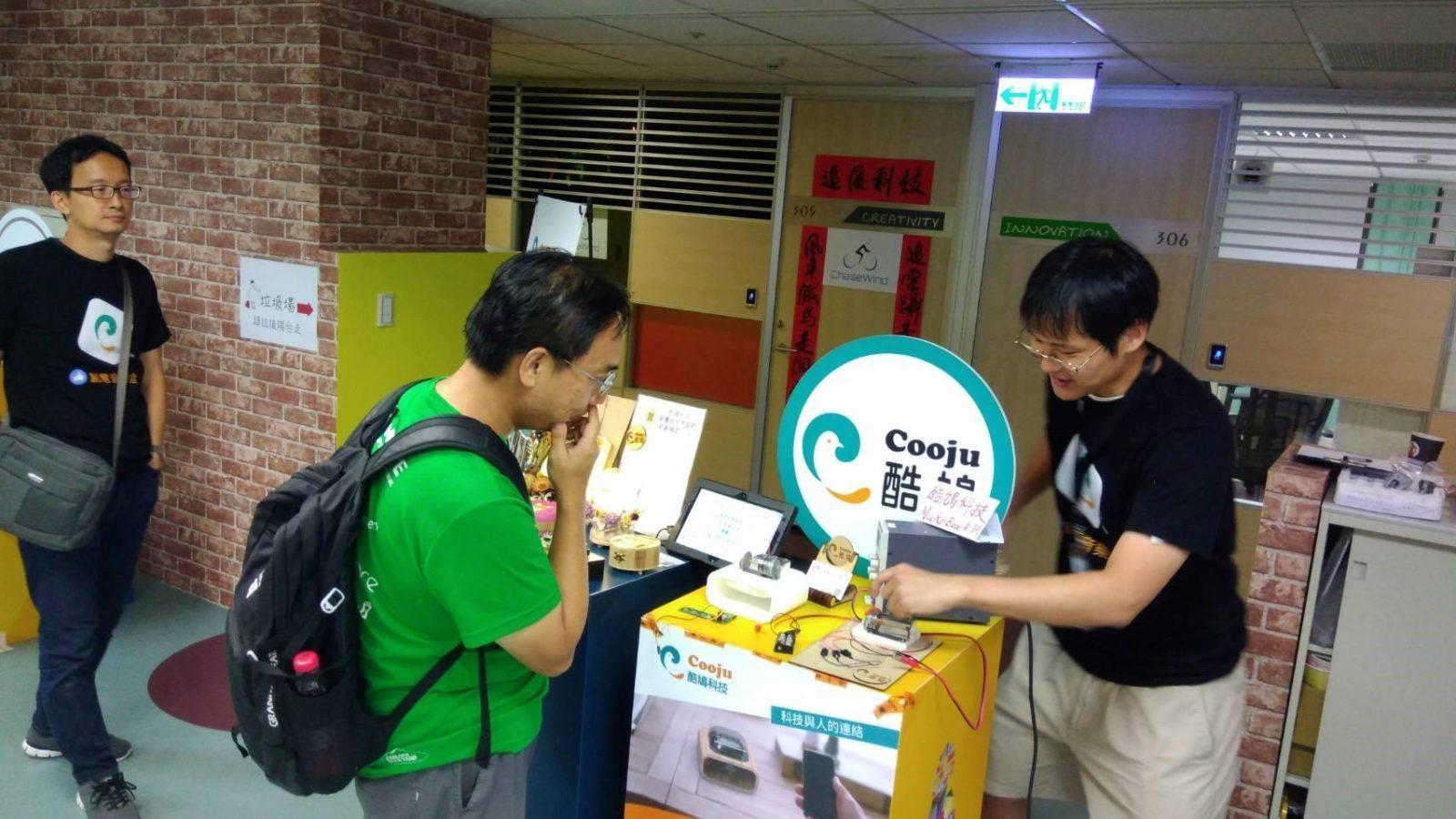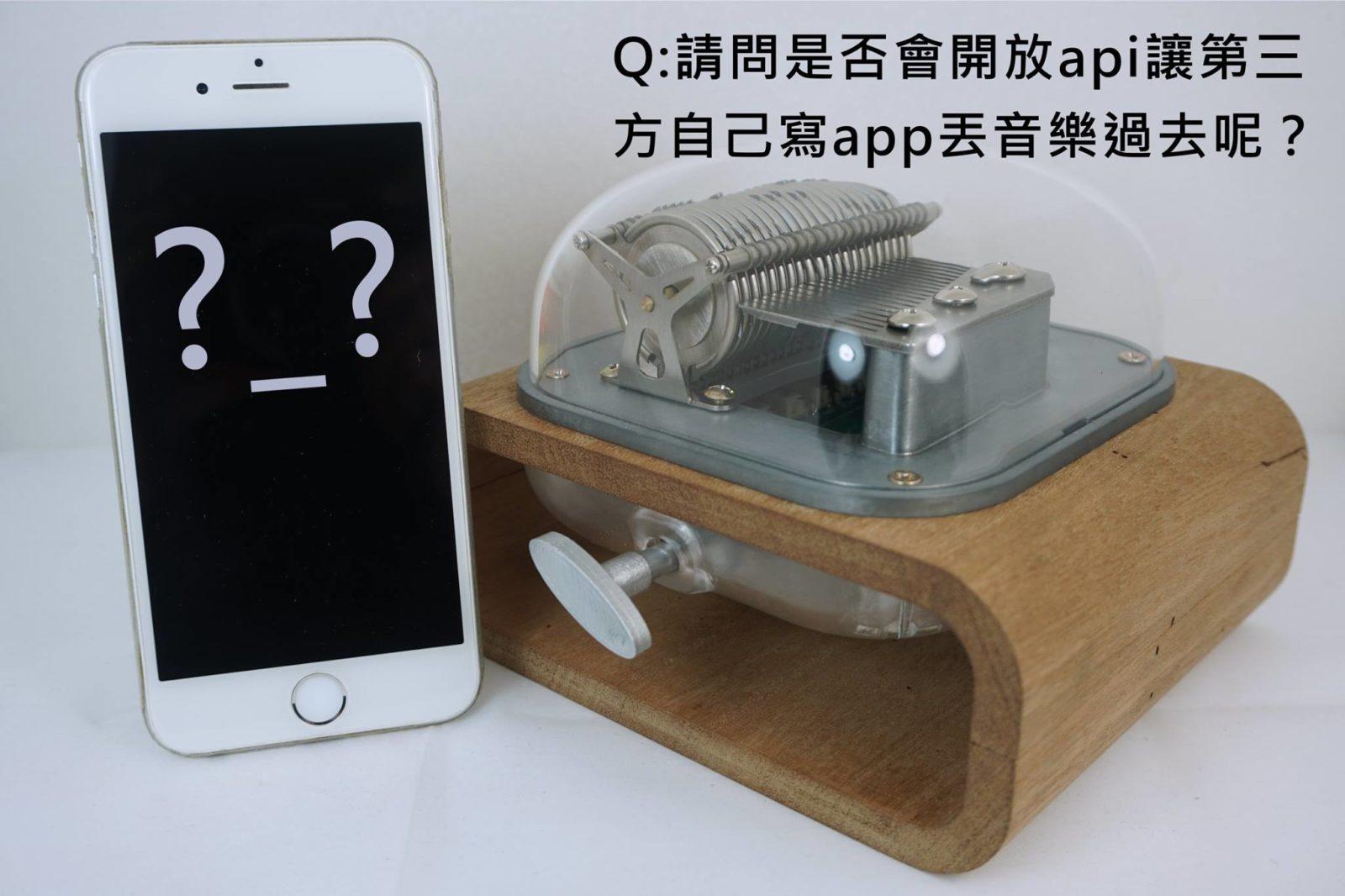The design of Muro Box has been improved countless times in order to maintain the unique sound quality of traditional music boxes. This story records the design process of Muro Box, including how we collected feedback from music box lovers to revise the prototypes from 2017 to 2018. This story focuses on how we design the “box” of Muro Box, while the next story focuses on how we designed the ” mobile app” for Muro Box. These two stories also mention how Muro Box received many people’s attention before its first crowdfunding campaign in Taiwan in 2018.
